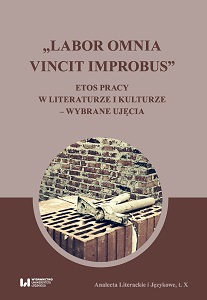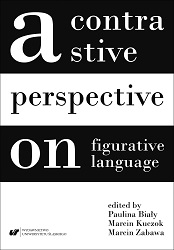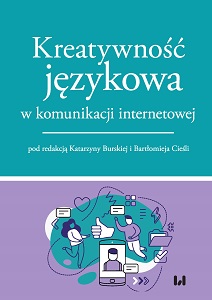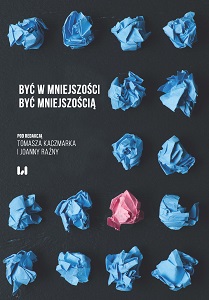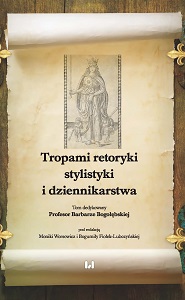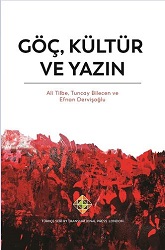
BÖLÜM 1 BAŞKA DÜZLEMDE BİR KADIN OLARAK ÖTEKİ OLMAK
Tıp biliminden gelen bu terim “canlılarda, kendisi normal olan anatomik öğelerin aslında normal olarak bulunmaması gereken yerlerde ortaya çıkması” olarak genel bir biçimde tanımlanabilir. Michel Foucault’nun 1996’da, felsefede yeniden oluşturduğu bu sözcük, önce dilbilimde, sonra da yazınbilimde kullanılmıştır. Terim bir süre unutulmuş gibi görünse de son yıllarda güçlü bir biçimde yeniden, yeni bakış açıları ile kullanılmaktadır. Bilindiği gibi “hétéro” öneki “farklı”, “başka”, “karmaşık” anlamlarına gelir; “topie” ise “yer”, “düzlem” gibi anlamları içerir. Bu çerçevede “hétérotopie” birbirine benzemeyen ama bir arada bulunan başka yer, ya da düzlemler” olarak tanımlanabilir. Foucault bu terimi şöyle açımlıyor: “Zamansız ve çelişkili, devinimli ve durağan, ulaşılabilir ve kapalı, kalıcı ve tartışmalı, özgürleştirici ve baskıcı düzlemler” . Philippe Sabot’nun anlatımıyla başkadüzlem “kendi içinde tutarlı olanı yırtan, bozan” düzlemlerdir . Başkadüzlemsel yerler ya rastlantısal ya da çizgisel olarak karşıt, birbirine benzemeyen uzamlardır. Başka uzamlar bir gücün de, bir bireyin imgelemini de yansıtabilirler . Bu anlamda yaşadığımız gerçek ve imgelemsel düzlemleri tartışmaya açarlar.
More...
